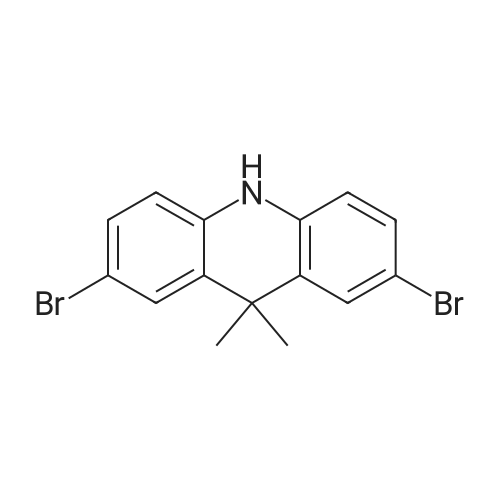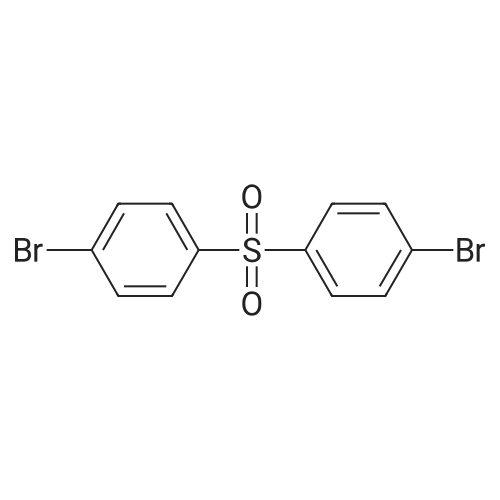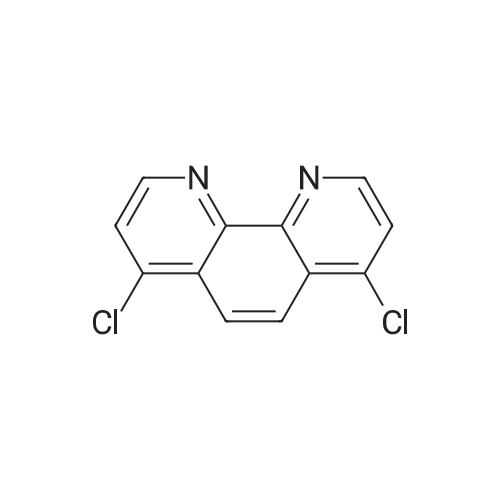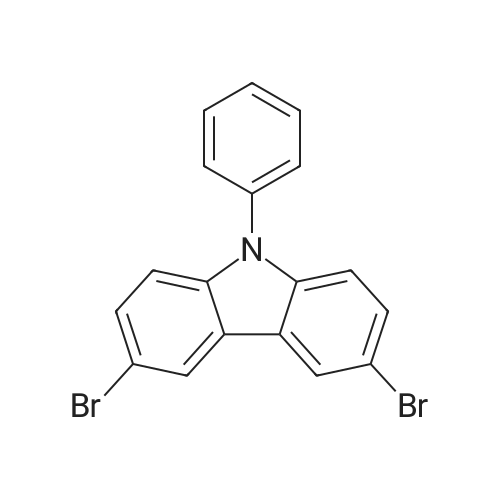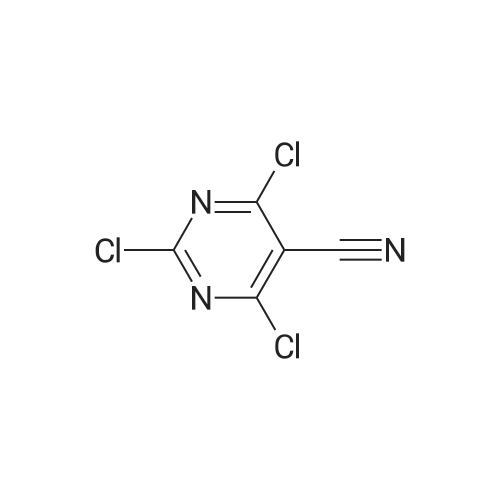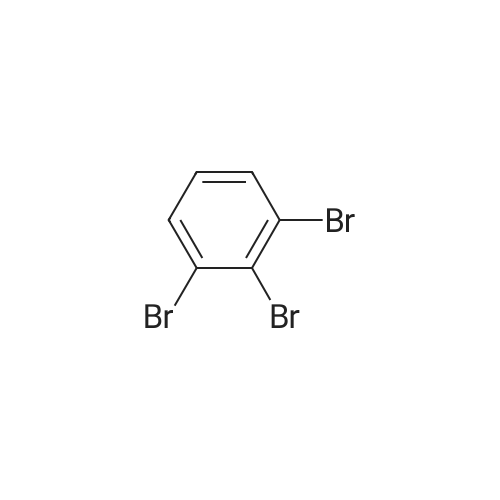More
Abstract: Organic emissive materials have gained a great deal of attention due to their prominence in electronic displays, solid-state lighting, bio-probes for imaging, and sensor applications. Organic materials exhibiting thermally activated delayed fluorescence (TADF) can fully utilize triplet excitons, but their implementation is limited due to broad emission spectra (color impurity), which are principally attributed to the torsional mobility about the twist angle between the donor and acceptor groups. Our methodical computational and experimental investigation reveals that it is the dramatic change of electron configuration between ground and charge-transfer excited states that causes the broad emission. For compounds with the same rotational barrier the FWHM increases significantly when enhancing the charge transfer character. Conversely, when increasing rotational restrictions, emitters show minimal change in their FWHM. Accordingly, to constrict emission broadening it is preferable to control the charge-transfer character of emitter molecules by introducing chromophores with localized emission (LE) character, exhibiting minimal change in electron configuration upon emission.
Besides TADF materials, metal-organic phosphors can also theoretically realize 100% internal quantum efficiencies, but they suffer from stability issues as a result of the weak metal–ligand bonds. Hence, there is interest in developing all-organic phosphorescent OLEDs. The elimination of the heavy metals brings with it new challenges, such as weak spin–orbit coupling interactions and non–radiative decays due to molecular vibrations. In all-organic systems, the enhanced spin-orbit coupling necessary for phosphorescence is thought to be due to the halogen bonding. To elucidate the underlying mechanism, the electronic and optical properties of purely organic phosphor candidates were investigated using density functional theory(DFT) and time_x005f_x0002_dependent DFT (TDDFT). Accordingly, iodine forms the strongest halogen bond and fluorine forms the weakest. Thestrong halogen bonding in crystalline Br and I derivatives more effectively suppresses vibrations and prevents non–radiative decays compared to F and Cl derivatives. Moreover, for heavy atoms, spin-orbit coupling is large, thus augmenting spin flipping. Consequently, triplet-to-singlet transitions are most common in molecules containing iodine and bromine. White purely organic light-emitting materials have attracted attention for their practicality in many applications such as lighting, sensing, and imaging. Commonly reported designs combine multiple emissive layers where two or more materials simultaneously emit electromagnetic radiation that together is perceived as white. Led by computation, we have developed a fluorine-based molecular framework for white OLEDs in which fluorescence and phosphorescence from a single molecule are combined, achieving white emission at decreased device fabrication cost. A rigid molecular structure is essential for efficient phosphorescence emission so that the vibration is suppressed. Fluorescence emission can be enhanced by suppressing the S1 to T1 El-Sayed enhanced intersystem crossing.
Finally, we developed a graph-based machine learning (ML) model to predict the solvation free energies from solvent-solute pair-wise interactions. To this end, we explore two novel deep learning architectures: message passing neural network and graph attention network. The ML methods yield more accurate predictions of solvation free energies than state of the art
deep learning or quantum mechanical methods, at lower computational costs. The ability to predict chemical properties is important for developing new materials with specific properties, especially for OLED applications. Reliable predictive models allow for efficiently screening candidate organic molecules, and accelerate materials design and development.

 Chemistry
Chemistry
 Pharmaceutical Intermediates
Pharmaceutical Intermediates
 Inhibitors/Agonists
Inhibitors/Agonists
 Material Science
Material Science













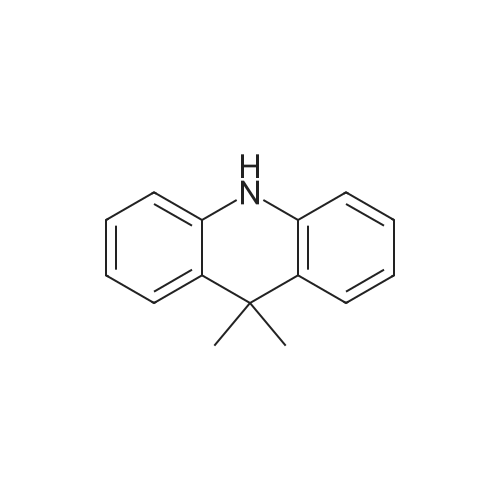

 For Research Only
For Research Only
 120K+ Compounds
120K+ Compounds
 Competitive Price
Competitive Price
 1-2 Day Shipping
1-2 Day Shipping







